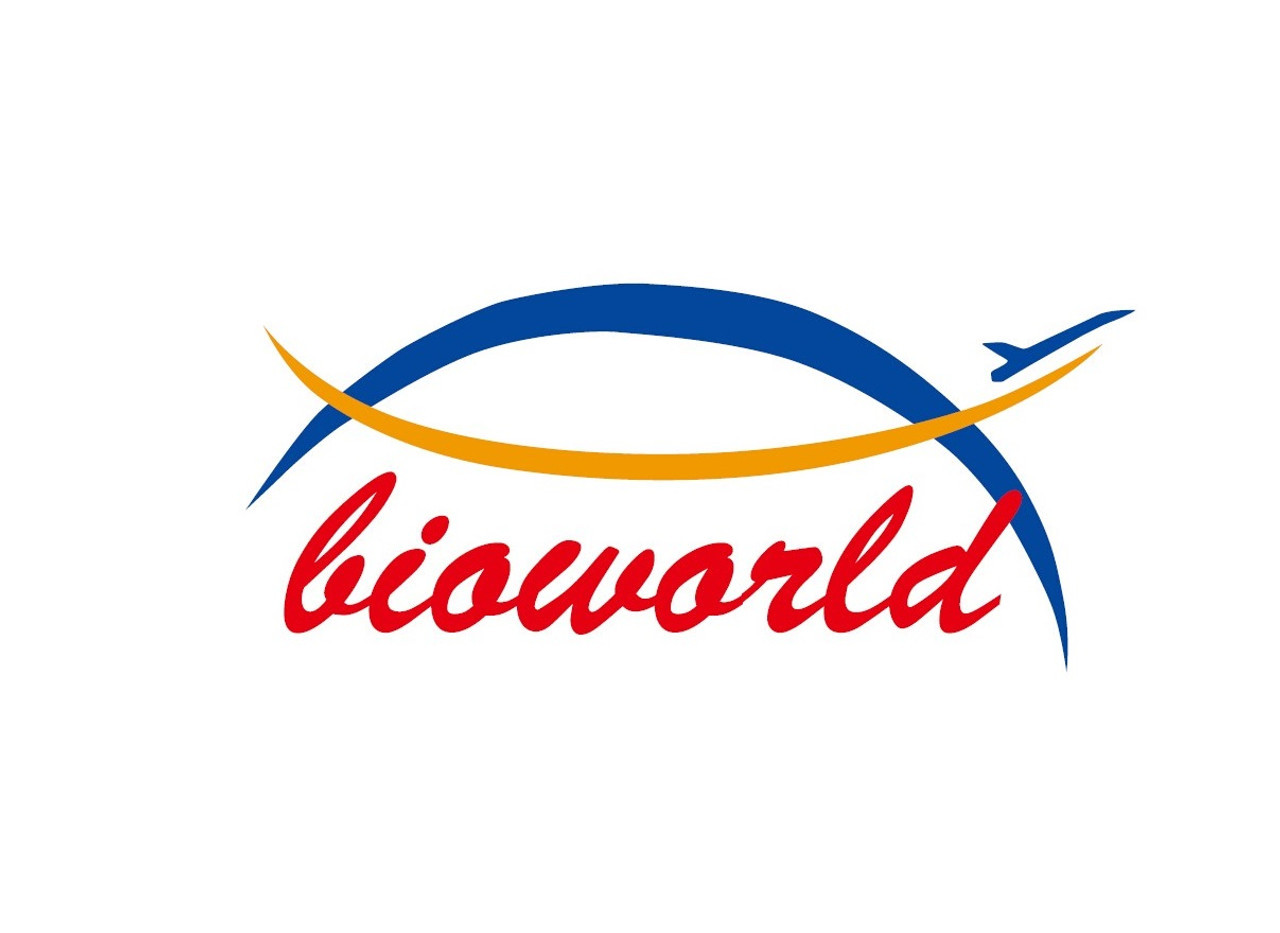Product Description
EPHA1 (phospho-Y605) polyclonal Antibody | BS64044 | Bioworld
Host: Rabbit
Reactivity: Human,Rat
Application: WB
Application Range: WB: 1:500~1:1000
Background: The Eph subfamily represents the largest group of receptor protein tyrosine kinases identified to date. While the biological activities of these receptors have yet to be determined, there is increasing evidence that they are involved in central nervous system function and in development. The Eph subfamily receptors of human origin (and their murine/avian homologs) include EphA1 (Eph), EphA2 (Eck), EphA3 (Hek4), EphA4 (Hek8), EphA5 (Hek7), EphA6 (Hek12), EphA7 (Hek11/MDK1), EphA8 (Hek3), EphB1 (Hek6), EphB2 (Hek5), EphB3 (Cek10, Hek2), EphB4 (Htk), EphB5 (Hek9) and EphB6 (Mep) . Ligands for Eph receptors include ephrin-A4 (LERK-4) which binds EphA3 and EphB1. In addition, ephrin-A2 (ELF-1) has been described as the ligand for EphA4, ephrin-A3 (Ehk1-L) as the ligand for EphA5 and ephrin-B2 (Htk-L) as the ligand for EphB4 (Htk) .
Storage & Stability: Store at 4°C short term. Aliquot and store at -20°C long term. Avoid freeze-thaw cycles.
Specificity: p-EPHA1 (Y605) polyclonal Antibody detects endogenous levels of EPHA1 protein only when phosphorylated at Tyr605.
Molecular Weight: ~ 107 kDa
Note: For research use only, not for use in diagnostic procedure.
Alternative Names: Ephrin type-A receptor 1; hEpha1; EPH tyrosine kinase; EPH tyrosine kinase 1; Erythropoietin-producing hepatoma receptor; Tyrosine-protein kinase receptor EPH; EPHA1; EPH; EPHT; EPHT1
Immunogen: A synthetic peptide corresponding to residues in Human EPHA1 around the phosphorylation site of Tyr605.
Conjugate: Unconjugated
Modification: Phosphorylation
Purification & Purity: The Antibody was affinity-purified from rabbit antiserum by affinity-chromatography using epitope-specific immunogen and the purity is > 95% (by SDS-PAGE) .
Pathway:
 Euro
Euro
 USD
USD
 British Pound
British Pound
 NULL
NULL












